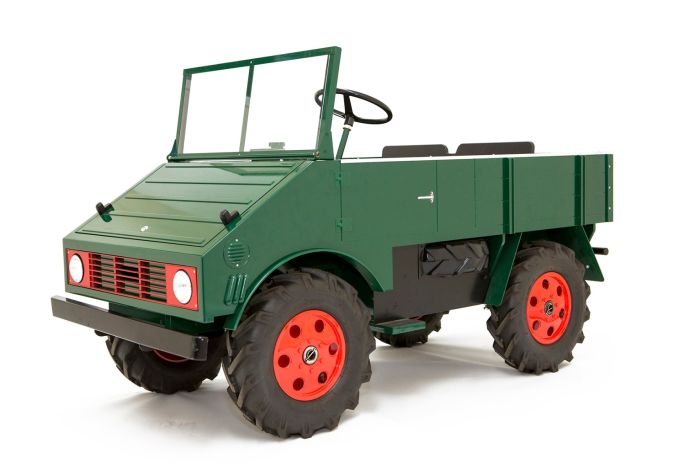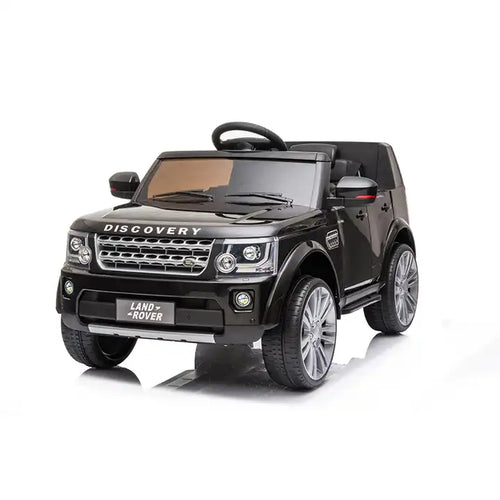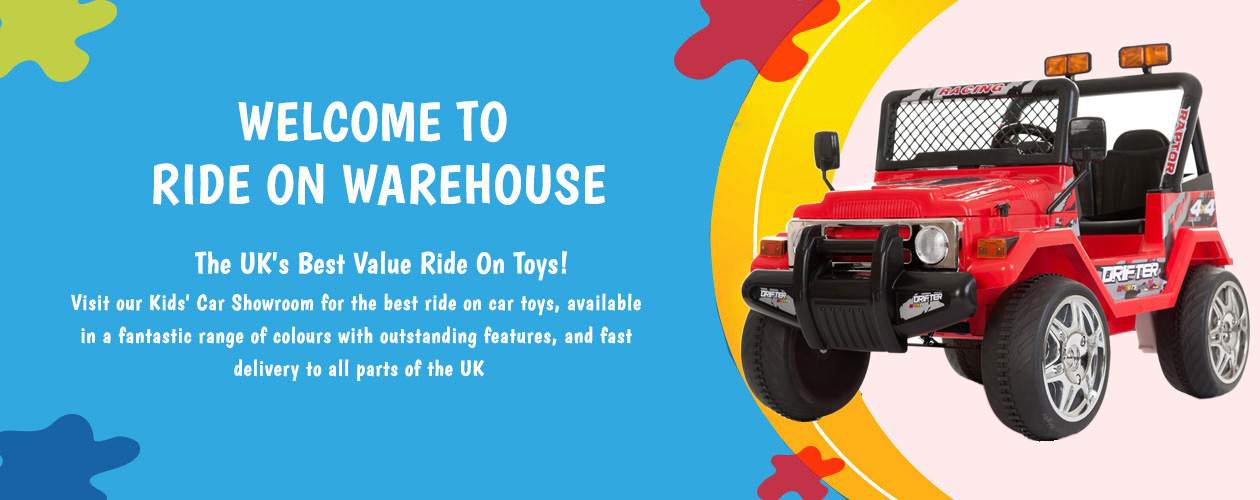Recommended Info On Selecting Kids Cars
Wiki Article
What Should You Look For In Ride-On Cars For Older Children?
It is important to take into consideration the age, size and development level of your child when deciding the right ride-on vehicle for them. This will guarantee that they're safe and will enjoy the experience. What should you consider when considering these factors – Age
Look for cars designed specifically for toddlers aged 1-3. They feature a simple and stable design, simple controls, as well as features like buttons as well as steering wheels or levers. Select cars that ride on broad bases to ensure stability.
Children who are older (3+years old) As children grow older, they're more in their ability to handle more advanced ride on cars that have many more features and controls. Think about cars that have adjustable seats and larger weight capacities. Also look for features that are interactive, including working lights, sounds and music. To ensure safety, look for vehicles with an variable speeds or parental controls to allow for different levels of skill.
Size
Weight and height are important factors to consider when choosing the appropriate ride-on you should think about your child's size and weight. Select a car with the right weight for your child and a height that is suitable for your child. Avoid cars that are too big or small, since they could create a risk of discomfort or even danger for your child.
Comfort and Legroom - Make sure the ride-on vehicle offers enough legroom to allow your child an enjoyable seat. Be sure to verify the dimensions of the car, and ensure it's suitable for your child.
Developmental Stage
Motor Skills - When choosing the right ride-on it is important to consider your child's motor skills and ability to coordinate. While toddlers of a younger age will require more control to operate the vehicle, older children can handle more complex controls as well as interactive features.
Confidence and independence. Ride-on cars can help build confidence and independence as kids learn to control and navigate the vehicle. Pick a ride-on vehicle that lets your child practice steering, acceleration, and braking with no assistance, gaining confidence over time.
Select a car that is interesting and attractive to your child. Pick a car that has features, themes or colors that are appealing to your child. It could be a classic or sporty vehicle or truck.
If you take into consideration your child's age, size, and their development stage, then select a vehicle that is enjoyable and comfortable as well as safe. Your child can have hours of fun as they explore. Follow the top rated JCB ride on toys for website info including ride ons, kiddies cars, two seater electric cars, race car toy, childs ride on car, ride a toy, toy a car, car toy toy, childs car toy, toy toy cars and more. .

What Are The Best Indoor And Outdoor Car Models For Children?
The features of the models for indoor and outdoor use are different. Here are a few differences in these car designs Indoor Use Cars
Size and weight-Cars intended for indoor use will have a smaller size and lighter weight which makes them more able to maneuver within small areas. This includes playrooms and living spaces. They can maneuver through narrow spaces and tight passageways with ease.
Low Ground Coverage – Cars used for indoor use have a very low ground cover to keep them from getting stuck or caught against obstacles like carpets or thresholds. This allows for smooth, free motion across indoor surfaces.
Smooth Wheels. The wheels used in indoor vehicles are constructed from materials such as rubber, plastic, or laminate to give them traction. The wheels are made to cut down on noise and keep from scratching or scratching surfaces.
Limited Speed - Indoor vehicles are typically restricted to a lower speed in order to keep control and safety. This could help prevent accidents and collisions with walls, furniture and other objects in indoor spaces.
Outdoor Use Cars -
Durable Construction - Cars designed for outdoor use are made from robust materials. They include strong metals or plastics that can withstand the harsh elements outside, such sunlight, humidity and temperature fluctuations. They are more resistant against wear and tear resulting from exposure to conditions outside.
Increased Ground Clearance: Outdoor-use vehicles have higher levels of ground clearance that allows them to traverse bumps and uneven terrain in the outdoors. They can traverse rough surfaces such as gravel, asphalt grass, dirt, or grass without becoming stuck or damaged.
Traction Tires -- The tires that are used on cars that are used outdoors often include treads or patterns that are designed to improve grip and traction while driving on roads that are uneven or slippery. This provides stability and control while driving on terrains that are outdoors and prevents sliding or skidding.
Weather Resistant - For outdoor use, cars may feature components that are resistant to damage from environmental elements or moisture like waterproof casings and sealed electronics. They are able to endure the effects of mud, rain, or puddles without compromising the performance.
High Speed - Outdoor usage cars typically have higher maximum speeds to accommodate open spaces and longer distances typically encountered in the outdoors. This may provide an thrilling and adventurous experience to children exploring outdoors.
Parents can pick a car for their children that meets their needs, indoors or out, by considering the design and features. This will guarantee the safety, enjoyment and long-lasting play experience. View the most popular find out more about Lamborghini kids car for more tips including childrens electric cars, pedal car, toy in car, toy car for car, car toy car toy, childrens ride on, toy cars, race car toy car, electric ride along car, toy car and more. .

What Kinds Of Remote-Controlled Cars Are There? What Are The Pros And Cons?
The diverse sizes, designs price, styles, and models of children's cars with remote controls can be found to suit the budget and requirements of all. Here's a rundown of the pros, cons, and the sizes of remote-controlled children's cars.
Electric RC Cars – Remote-controlled vehicles powered by batteries that are suitable for use indoors and outdoors. The cars come in various designs, including buggies or trucks.
Nitro RC Cars – Gas RC cars with faster speed and higher performance. However, they require a greater amount of expertise and maintenance to operate. They are larger and usually more expensive than electric RC Cars.
Scale Models are remote controlled replicas which include vehicles, trucks and aircrafts. Scale models are available in a variety of scales, ranging from 1 10 to 1-24 With larger scales offering more detail and realism.
Sizes -
Remote controlled cars for children are available in various sizes. From micro-sized to full-scale replicas, they are available in all shapes and sizes. The size of the car has an impact on the performance, speed and handling characteristics.
Micro-sized cars are small and compact. They're perfect for younger children as well as indoor use. The larger models provide more performance and endurance, making them ideal for off-roading or racing.
Prices
Prices for remote-controlled kids' cars can vary depending on characteristics, features, and brands as well as the quality.
The Nitro and Electric RC cars in larger scale can cost anywhere from $100 to $500.
Scale model cars and high-end hobby RCs range from several hundred to over 1,000 dollars, based on how precise and powerful they are.
Pros and Cons -
Pros -
Adults and children will have endless hours of entertainment and fun through remote-controlled cars.
The operation of an R/C vehicle helps children develop spatial awareness, problem solving and hand-eye cooperation.
Social Interaction. RC cars encourage social interaction, and can be enjoyed by family and friends. relatives.
Customization - A lot of RC car models can be modified with aftermarket parts, upgrades and accessories to enhance performance and look.
Cons
Cost - High-quality remote control children's vehicles can be costly and can be expensive, particularly models that are hobby-grade with advanced features.
Learning Curve: Operating a RC vehicle requires some practice and. Children younger than 10 may struggle to control the controls.
Maintenance - RC vehicles require regular maintenance, including cleaning, lubrication, as well as occasional repairs or part replacements.
Safety Issues RC vehicles can present dangers to safety, such as accidents, falls, and electrical hazards, if used responsibly and under adult supervision.
Children of all ages appreciate remote control cars. It is crucial to think about aspects like price, size and safety before deciding on the most suitable model. Hobby-grade RC vehicles are best for children who are older and more enthusiastic, while simpler cars are ideal for children who are younger and novice children. Read the most popular kids cars kidscars.co.uk info for more tips including toy in car, car toy toy, electric two seater cars, childs ride on car, electric ride on, car for toy, electric ride along car, electric rideons, car toy toy, childs ride on car and more. .
